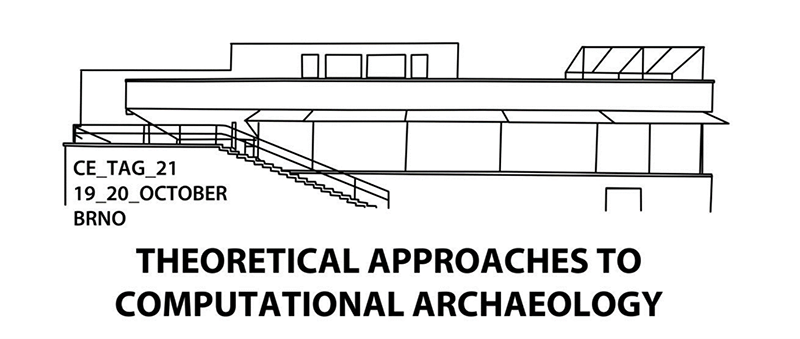
Conference dates: Tuesday, 19th–Wednesday, 20thof October 2021
Conference venue: Department of Archaeology and Museology, Masaryk University, Brno, Czech Republic
Past two decades brought us a growth in use of computational methods and big data in archaeological research. This resulted in a significant shift in the research of human past and an increasing number of publications covering a broad spectrum of topics from remote sensing applications to site distribution or network analyses. Simultaneously, a strong countermovement from the humanities part of archaeology appeared and criticized these research approaches for lacking theory or even ‘dehumanization’ of the discipline. This gives an impression of two camps in conflict with each other –mostly based on the prejudices of ‘cultural emphases’ by one group and the ‘gloss-over-culture attitude’ by the other. However, both research approaches are much needed to be used together. After all, the ‘third science revolution’ in archaeology is defined by such collaboration. How effectively do we combine the archaeological theory with computational techniques? Are there any pitfalls? Which practices should we avoid? Is computational archaeology really without theory?
In the 7th annual CE-TAG meeting at Brno 2021, we want to explore the theoretical potential of quantitative and digital archaeological research to contribute to a modern and comprehensive archaeology, which aims at understanding past human behavior and environmental and socio-cultural transformations. This year's logo expresses our approach to understand the past as realistic as possible, using a minimum of information and excluding overinterpretation. The Villa Tugendhat in Brno, chosen for this purpose and built in the functionalist style by Ludwig Mies van der Rohe, represents not only simplicity of the exterior but also, in a model-like way, the concentration of form on the interior and its actual function.
We consider communications of 15 minutes with a subsequent 5 minutes discussion that contribute to sharpening the outlook of a theoretical and methodological approach to quantitative and digital archaeology.
Organising committee: Michael Kempf, Jan Kolář, Petr Pajdla, and Jiří Macháček; Institute of Archaeology and Museology, Faculty of Arts, Masaryk University, Arne Nováka 1, Brno 60200, Czech Republic
Please send abstracts (up to 250 words) of your paper proposals including your contact information and affiliation details by the 15th of July 2021 to kempf@phil.muni.cz.The official language of the conference is English.
Go back to top